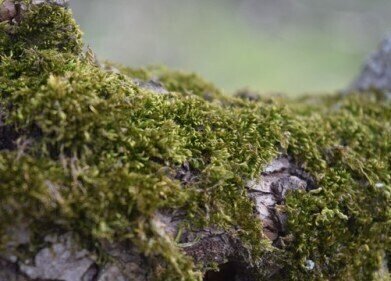-
 DNT and fibronectin are colocalised in infected pig cells, fluorescence microscopy finds
DNT and fibronectin are colocalised in infected pig cells, fluorescence microscopy finds
Electrophoretic separations
Fluorescence reveals colocalisation of DNT and fibronectin
Sep 30 2010
A team from Osaka University's Research Institute for Microbial Diseases and the department of veterinary environmental sciences at Osaka Prefecture University used mass spectrometry (MS) to identify a cellular component in their study.
This was seen to be cross-linked with DNT and conjugated via a cross-linker, with the MS identifying the cellular component as fibronectin.
However, they were unable to determine the fibronectin network as being involved in intoxicating cells or acting as a receptor for DNT.
The colocalisation between the two was seen not only in DNT-sensitive cells, but also in those less capable of repelling the threat.
Despite this, the researchers do suggest that the fibronectin network may serve a role in providing DNT with a place to sit in small amounts while targeting the cells it is attacking.
BMC Microbiology carries peer-reviewed research into eukaryotic and prokaryotic micro-organisms, parasites and viruses.
Events
Jan 20 2025 Amsterdam, Netherlands
Feb 03 2025 Dubai, UAE
Feb 05 2025 Guangzhou, China
Mar 01 2025 Boston, MA, USA
Mar 04 2025 Berlin, Germany











